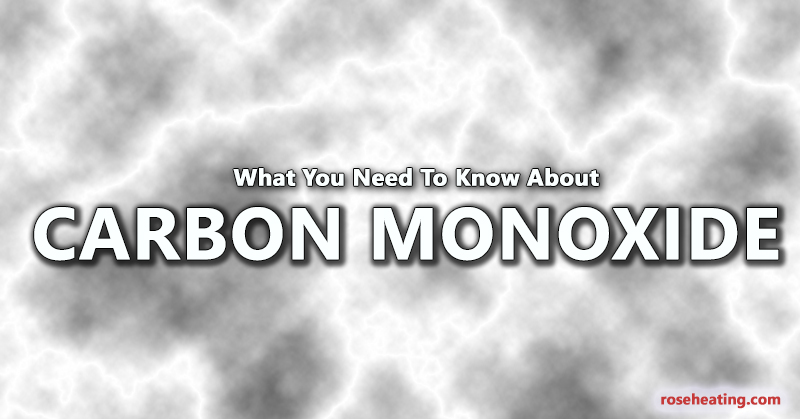Carbon monoxide is a substance produced by the burning of a wide variety of fuels, including natural gas, propane, wood, coal, charcoal and kerosene. When present in high enough levels, this tasteless, colorless, odorless gas can poison you and trigger potentially fatal health complications. Several common household appliances, including fossil fuel-powered water heaters and furnaces, can release carbon monoxide into your home if they malfunction. Here’s what you need to know about the dangers of this gas.
What Does Carbon Monoxide Do to Your Body?
When you breathe in carbon monoxide, it enters your bloodstream and prevents your red blood cells from carrying oxygen. Since you rely on the oxygen in your blood for survival, the blocking effects of the gas can seriously impair your normal body function. Relatively minor exposure to carbon monoxide can lead to the onset of symptoms that include lightheadedness, headaches, diminished muscle function, confusion, a rapid heartbeat and drowsiness or grogginess. People exposed to high concentrations of the gas can pass out, suffocate and quickly develop brain damage. They can also die.
How Do Your Appliances Release Carbon Monoxide?
Any appliance in your home that burns natural gas or propane inevitably produces carbon monoxide as a combustion byproduct. Under normal circumstances, this gas will safely pass out of your home through a venting system, along with other potentially dangerous products of the combustion process. However, an old or poorly maintained appliance like a furnace or water heater can release carbon monoxide into the interior of your household when certain malfunctions arise. Problems that can lead to this scenario include cracks in the burner chamber of a furnace or water heater, and any type of blockage that stops combustion gases from exiting through the appliance’s venting system.
How Can You Prevent Problems?
Fortunately, you can take several steps to protect your household from the dangers of carbon monoxide poisoning. Perhaps the most important step is keeping all fuel-burning appliances in your home in good working condition at all times. In addition to your furnace and water heater, the list of these appliances may include your stove/range and your clothes dryer. If you notice any telltale signs of carbon monoxide-related problems, address the situation immediately by calling a trained professional. Possible indications include the accumulation of soot on or near your furnace or water heater, a damaged or loosened vent pipe and a furnace that runs frequently but doesn’t produce any significant amount of heat. You can also ask an HVAC (heating, ventilation and air conditioning) specialist to install a carbon monoxide detection system in your home.
If you have additional questions about carbon monoxide or other important HVAC-related topics, make sure to contact us for information and check the pages of this blog regularly.

